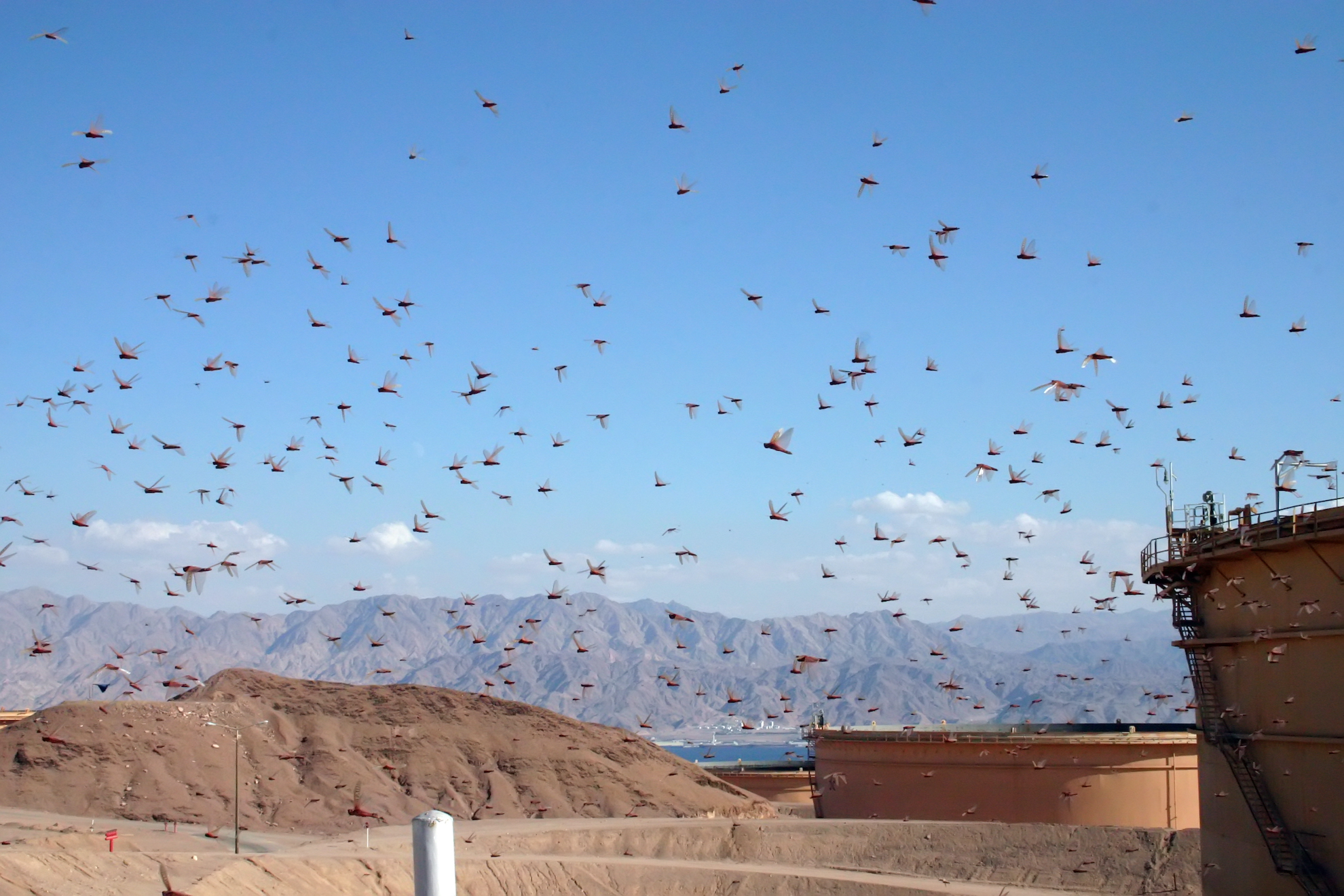Students prepare for test flight with NASA
Around this time last year, five undergraduate students at Portland State had not even fathomed the possibility of traveling to NASA headquarters to test theories of space flight. Now, those same students are gearing up for a trip to Houston’s Johnson Space Center in mid-March for a two-week mission to test their innovative design for fluid dynamics during space flight.
The students, Megan Saala, Michael Bacich, Albert Sitorus, Mike Severson and Jamie Kelso, have been working diligently since June 2002 to design a fluid transfer system that can operate effectively in zero-gravity situations. NASA has had difficulties in the past with the cycling of liquids under gravity-less conditions, and the Portland State crew is hoping to remedy that.
All five are undergraduates in the mechanical engineering program, and range in ages from 23 to 30. They all bring unique backgrounds and experiences to the group.
Saala came to Portland from a small town in Maine to see a new place and ultimately enrolled in classes at Portland State, as did Bacich, who came to Oregon from St. Louis because of the wide range of outdoor activities.
Severson and Kelso are both natives of Oregon. Severson attended Hillsboro High School, and Kelso got his diploma from Newberg High School.
“Not too many people know that. It’s not exactly something I brag about,” Kelso said jokingly.
The one thing they all have in common is their dedication to the project. Their determination earned them a spot among the 71 accepted entries from a pool of more than 400 proposals submitted to NASA from schools around the United States.
“What we’re hoping for is to land a research grant so Dr. Weislogel can work with other students in the future on similar projects,” Bacich said.
Mark Weislogel is an associate professor of mechanical engineering who worked for NASA for many years before coming to Portland State. He is the overseeing professor on the project. The group members give him credit for giving them the original idea and for encouraging them to pursue it.
All the group members have undergone extensive training in preparation for their inaugural flight in the KC-135 aircraft, operated by NASA. They have performed all the necessary safety training on their fluid transfer apparatus and have passed the same Federal Aviation Administration physical tests that pilots are required to undergo.
“We’re all pretty excited,” said Severson in anticipation of riding in an aircraft that will be going from 24,000 feet to 34,000 feet and back down to 24,000 feet, all within 64 seconds. “I have over 600 recorded skydiving jumps, so I’m pretty used to being up in the sky.”
Sitorus compared the flight to a theme park.
“This type of stuff at NASA is the Disneyland for engineers,” he said.
None of the students has strong experience with space-related projects or hobbies, which makes this endeavor both an exciting and somewhat mysterious one. Their range of expertise is mainly in mechanical engineering.
Sitorus, Saala and Bacich add their emphasis on fluid dynamics to the project, and Severson and Kelso are focusing on the structural and mechanical design.
The system they have designed is the first ever to use a circular system of tubing for fluids to flow through. Most designs have typically used straight-lined tubing, which has resulted in poor circulation in some cases.
These tubes are used to transfer everything from hydraulic fluid to drinking water.
They will be discovering how gravity affects the transfer of fluids and liquid gases within their design, and are maintaining a high level of confidence that it will impress the folks down in Houston.
For more information on the NASA plane, visit http://jsc-aircraft-ops.jsc.nasa.gov/kc135/.



